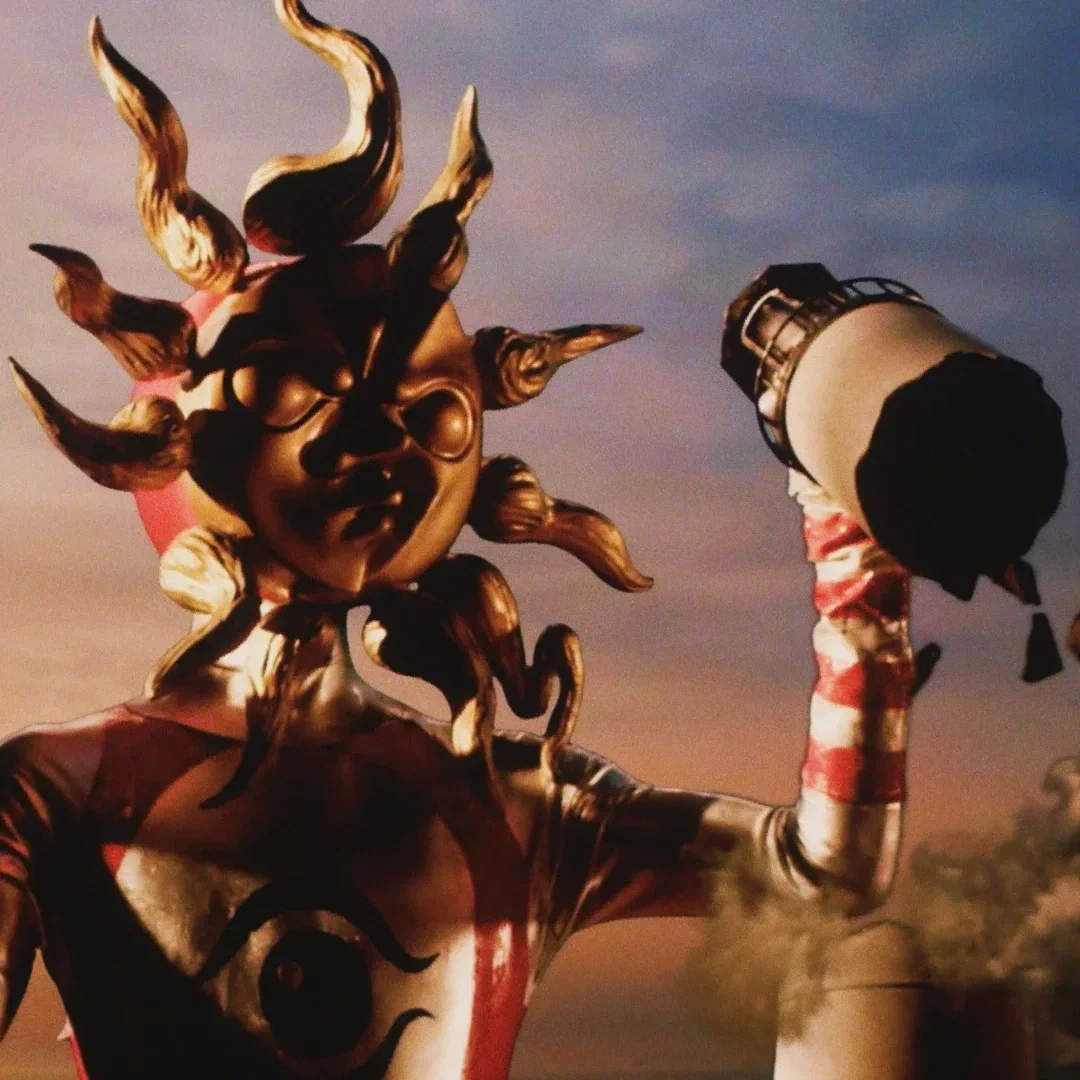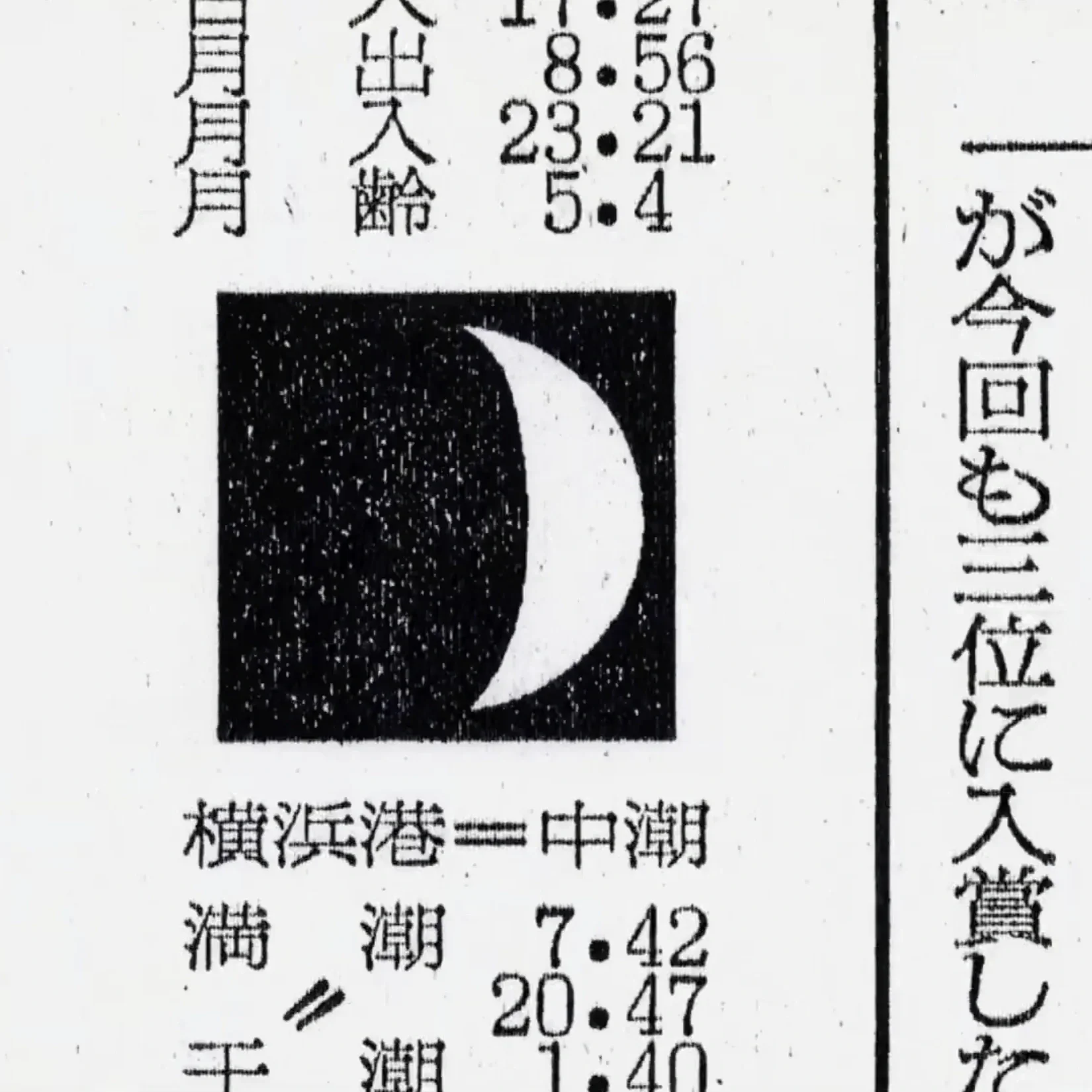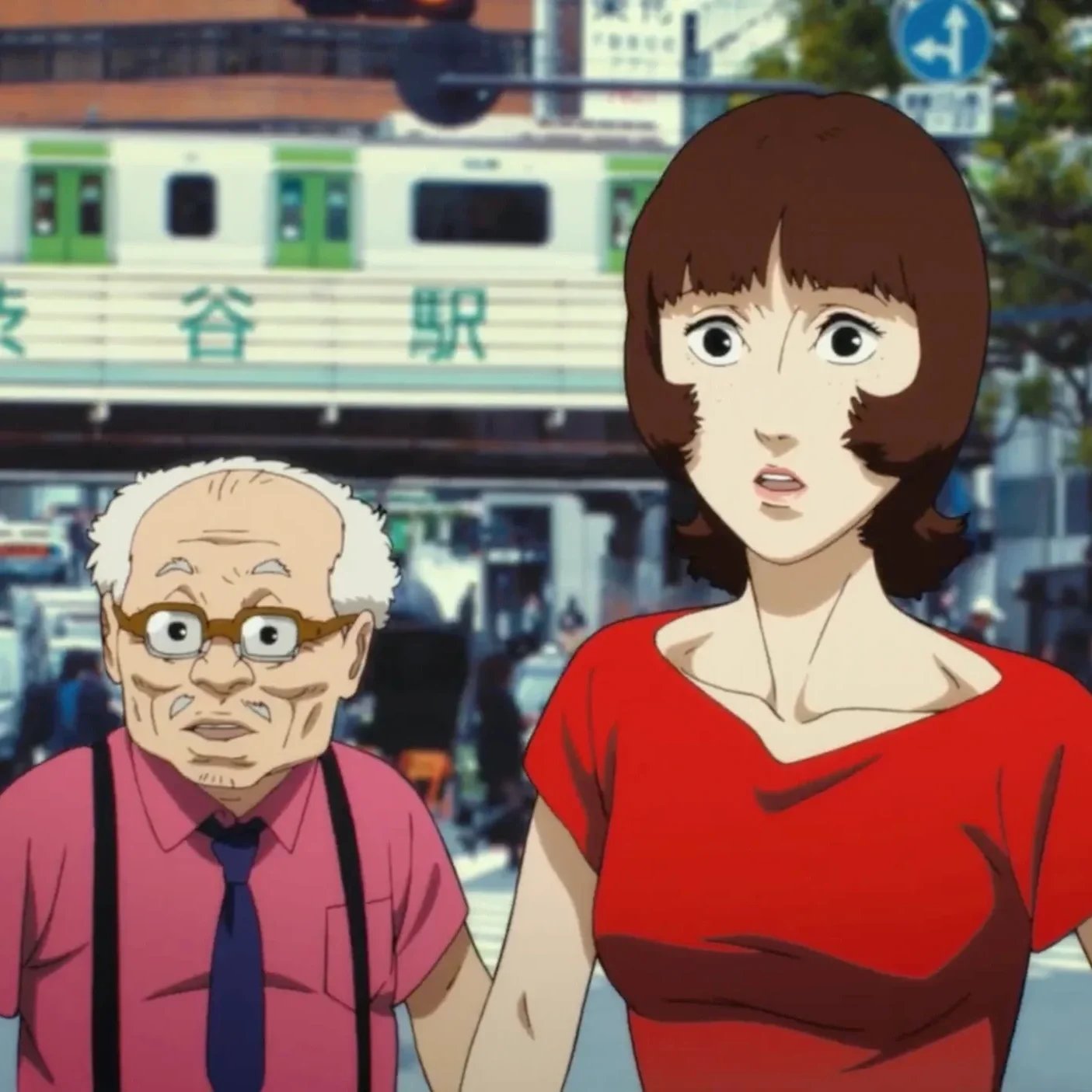Blending eras, Styles, and Anime with Shintoism - A Chat with Taishi Shingu
Taishi Shingu
Kyoto-born artist Taishi Shingu is a cultural sponge in the best way possible. He wears his influences boldly on his sleeve and mixes genres, formats, and art forms to create something new entirely, but works that do, somehow, have a sense of familiarity.
Born in Kyoto in the mid-1980s, Shingu's journey as a practicing artist took a detour, working as an instructor at a preparatory school for art college entrance exams before taking an entirely new direction and finding himself in New York. However, the through line of his life trajectory has always been visual art.
"I have loved drawing since I was a child and went on to study at an art institution in Tokyo [Tokyo University of the Arts, Department of Design]," Shingu explains.
During his time at university, Shingu "developed an eye condition that made bright light uncomfortable," but rather than letting an eye condition stymie his love of drawing, he used it to develop his unique visual perspective and craft his distinctive style. "The dim light of the night and LED screens became my comfort zone. My paintings' dark tones and light imagery stem from this background."
Shingu's work landed in a fascinating creative space and time, between cultures and timelines; his pieces draw from traditional Japanese styles, like woodblock printing, and merge with more contemporary styles like anime and practices for producing art, like digital painting.
Thematically, he explores a similar realm, delving into the intriguing relationship between virtual space and the very Shinto-esque ideologies of animism, striving to capture the essence of a spirit-like presence within a simulated digital nature.
A long-forgotten note became the catalyst for moving to New York City, which Shingu did in 2021 to focus on his painting. Today, he works as part of legendary Japanese-American artist Tomokazu Matsuyama's studio in Brooklyn, while creating and showing his own work in between.
Until August 18, Shingu's work will be showing at gallery NowHere in New York (40 Wooster St. Soho), now let’s get to know him a bit better.
by Taishi Shingu
The classic Japanese styles of manga and anime are quite evident in your work, is it safe to assume they're a big influence on you?
Anime and manga have indeed had a significant influence on me. As a child, I remember drawing my own manga featuring a cat ninja engaging in battles similar to what you see in Dragon Ball. My notebooks were always filled with manga doodles.
How has your style evolved over the past few years? We've noticed a transition from a more "blocky/solid" use of color to a newer, more "fluid" and impressionistic style. What motivated this change?
When I first started painting in New York, I transferred computer-generated images onto canvas and reproduced them with paint. This was the only method I knew at the time.
However, after a while, I grew tired of the repetitive nature of this process. Gradually, I began experimenting with techniques that could only be done directly on the canvas, leading to my current style.
You work in the studio with Tomokazu Matsuyama. How has working with him impacted your style?
I see Matsuyama's work daily as an assistant and am deeply involved in the conceptual aspects. Naturally, this has greatly influenced my own style and the way it has developed.
by Taishi Shingu
Could you tell us about your creative process? How do you actually create your works?
The lines are analog. I like the mathematical precision of digital lines, and while I used to prefer digital curves, I've found that I can achieve similarly precise lines using analog techniques with careful control.
Could you tell us more about being inspired by "animism"? Is this related to Shinto, or is it something entirely different?
My aunt's house was in a remote mountain area in Japan, which took hours to reach by car. Such environments in Japan often evoke a sense of spirituality. During my childhood, I was exposed to a worldview filled with spiritual beings through festivals like (Japanese dance festivals) Bon Odori and the ritual of sending spirit boats down the river.
How did you end up in New York and why did you decide to move there?
I found a notebook from my twenties at my parents' house, where I had planned to live in New York. I had forgotten about it but always felt that to pursue art, I needed to go to New York, and that feeling ultimately became a reality.
Have Western motifs and styles influenced your work since you've been in the U.S.?
Recently, my paintings have been created to sit between the flat color compositions of Japanese art (like ukiyo-e and woodblock prints) and the three-dimensional compositions of Western art.
You have an upcoming show at NowHere (40 Wooster St, New York) from July 11 to August 18. Could you tell us more about this show and the works you will be exhibiting?
This show features three assistants from Matsuyama Studio, each expressing their perspectives within the context of diversity as Japanese artists. My works will explore the themes of the digital world and the spiritual world unique to Japanese culture.
For more information on Taishi’s current show, visit www.nowhere-nyc.com.
by Taishi Shingu











Explore Ochiai's unique style blending nostalgia, chaos, and punk spirit.